Introduction: Key Challenges in the Development of Electric Two-wheelers
Electric two-wheelers are playing an increasingly important role in short-distance urban travel worldwide, especially in markets such as Africa, India, Southeast Asia, and South America. However, challenges related to battery range and charging impede their further development. Currently, traditional charging and battery swapping are the two mainstream solutions, each with its own advantages. In an urban environment, which option is more feasible?
User Experience: Battery Swapping is Efficient, Charging is Economical
Battery Swapping Mode
Food delivery, courier workers, and shared electric vehicle users can complete battery replacement within tens of seconds, saving a significant amount of time. At a battery swapping station, the average swapping time is less than 1 minute, and the vehicle utilization rate is increased by 30% - 50% compared to traditional charging, significantly enhancing operational efficiency.
For individual users, especially those with low-frequency needs such as home commuting, parking the vehicle at a charging station or charging at home is more appropriate. The average charging time of 3 - 6 hours can meet the needs of daily short-distance travel users by charging overnight.
In high-frequency usage scenarios, workers are sensitive to time, and battery swapping is more popular; while household users have a high acceptance of charging due to its economy and convenience.\
From an investment perspective, the initial deployment cost of a battery swapping station is higher than that of a charging station, but its long-term operation cost is lower and it can provide multiple business models, such as battery leasing, pay-per-use, and membership subscriptions, bringing more stable cash flow.
African Market: The battery swapping mode helps to solve the problem of power grid instability and lowers the threshold for users to purchase batteries.
Indian Market: Due to the IS 17017 certification requirements, the battery swapping mode needs to comply with local standards, but the rapid growth of the logistics industry makes battery swapping a trend.
Southeast Asian Market: The penetration rate of electric two-wheelers is high, and the battery swapping mode can improve travel efficiency, especially in the shared electric vehicle industry.
South American Market (such as Brazil, Peru): The battery swapping mode is still in its early stage, but government policies may promote the development of battery swapping stations.
Overall, battery swapping has outstanding advantages in high-frequency use, commercial operation, and power grid optimization. Especially in fields such as logistics and shared mobility, it can improve vehicle utilization, reduce charging waiting time, and provide flexible business models. However, different markets have different needs. When enterprises choose a solution, they need to comprehensively consider local power grid conditions, user habits, and policy requirements. SREPower, as a global leading provider of intelligent charging and swapping solutions, can customize intelligent battery swapping station systems for different markets, facilitating the efficient development of the electric vehicle industry.
—————————————————————————————————————
Disclaimer: The views and opinions expressed in this article are those of the original authors and do not necessarily reflect the official policy or position of GuangDong Sre Technology. While we strive to ensure the accuracy and reliability of the information provided, the content on this website may include translations, re-edited versions of second-hand information, or information derived from unverifiable sources. The information in this article is for informational purposes only and should not be construed as professional advice. Any reliance you place on such information is strictly at your own risk. To the fullest extent permitted by law, GuangDong Sre Technology disclaims all liability for any direct, indirect, incidental, consequential, or punitive damages arising out of your use of, or reliance on, the information contained in this article.
Copyright Notice: This article may include translated and re-edited content derived from various online sources, including websites and social media platforms. While we strive to credit the original authors and sources to the best of our ability, we may not always be able to verify the original source of the content. All rights to the original content remain with the original author or source publication. Where applicable, this content is reproduced for educational and informational purposes under the fair use doctrine. If you believe any content on this site infringes upon your intellectual property rights, or if you are the copyright owner and believe we have not credited you correctly, please contact us at info@sre-ne.com. We will investigate and take corrective action, including removing or properly crediting the content if necessary.
The charging cabinet is used by users to charge their own batteries. They need to unplug their own batteries, put them in the cabinet,
2025-03-21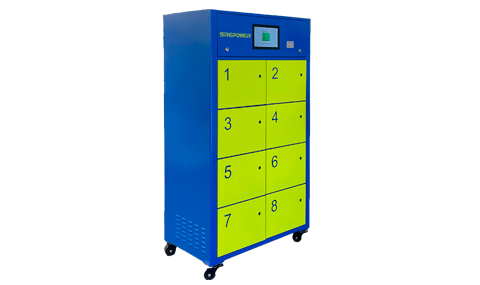
In order to solve the pain points of electric vehicle charging and endurance, efficient and convenient shared battery swapping cabinets have emerged.
2025-03-21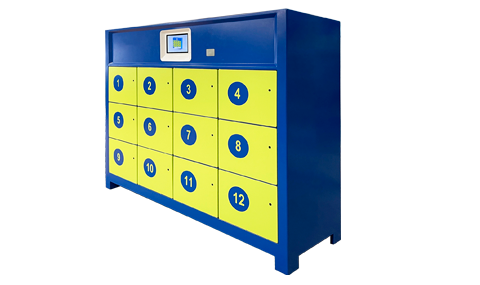
At present, the standardization progress of battery swapping cabinets is steadily advancing, and a series of specific standardization plans or standards will be introduced in the future to promote the standardized development of the industry.
2025-03-20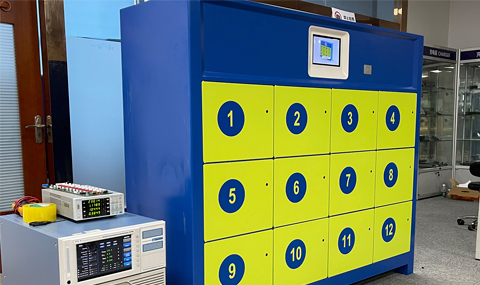
The number of electric bicycles is increasing, and how to safely and conveniently charge them is a problem for many people.
2025-03-20
In recent years, shared electric bicycles, as an emerging green mode of transportation, have quickly emerged as a new favorite in the urban short distance travel market due to their convenience,
2025-03-19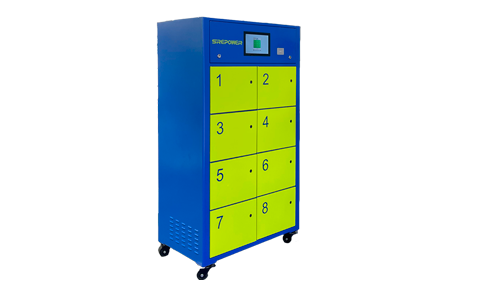
As an important component of the new energy field, the future development trend of battery swapping cabinets can be analyzed from the following aspects:
2025-03-19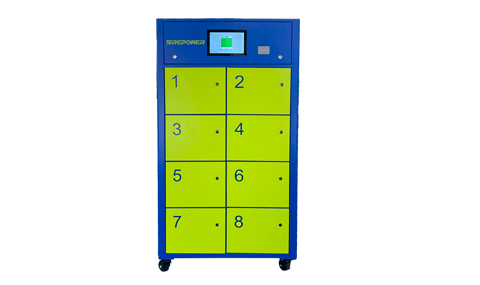
Swap Station 12 Cabinets 15.8KW Battery Swap Station 8 Cabinets 10KW Battery Exchange Station 5 Cabinets 15.8KW Smart Swap Station 10 Cabinets 16.8KW Swap Charging Station 4 Cabinets battery switching station for E-Bikes and Scooters 12 Cabinets Charing Rack Smart Swap Station
Fast Charger Column Charging Pile-12KW AC Column Charging Station 12KW Wall-mounted Charging Pile 7-20KW AC Column Charging Post with Dual Gun Charging 12KW AC Charging Pile-no display 120/160KW EV Car Charger
Portable Charger 1300W Portable Battery Charger 2100W Waterproof charger 840W Series Home Battery Charger 300W Series Portable Battery Charger 180W AC Home Charger dual output battery charger
Address:2-903, Building T2, Haiku Technology Building, Bao'an District, Shenzhen, Guangdong, China.
Phone:0755-23054220
E-mail:Info@srepowerne.com
 WhatsApp Contact
WhatsApp Contact
Copyright @ China ev fast charging manufacturers&companies&suppliers&vendor&provider- SRE Power